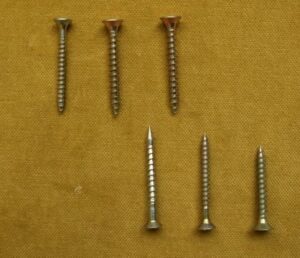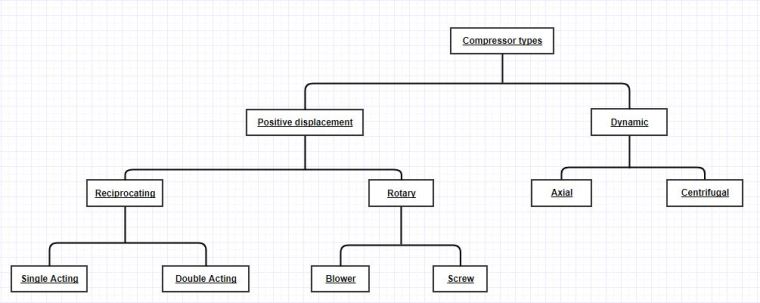How to make the forced regeneration of the particle filter
Since 2009, all diesel cars have been forced to come out from the the factory with a particulate filter installed in the exhaust system. This system of retention of polluting gases to the atmosphere is the result of the Euro5 standard. Learn in this article how it works and how to do forced regeneration of the particle filter.
What is the particle filter?
A particulate filter, also known by the Acronym DPF (Diesel Particulate Filter), has the function of removing the particles harmful to the environment produced by the engine. These particle filters can reduce particles lodged in the exhaust system by about 80%. But how do you do that? Simple! Soot particles are filtered into a kind of net within it which then cleans the filter, also known as particle filter regeneration.
Regeneration of the particle filter
The regeneration of the particle filter, as stated above, is a special filter cleaning operation. This whole process is important not only for the longevity of the particle filter, but also for the good condition of the vehicle. This is done by burning the waste that is housed in the exhaust system which, after this reaction, becomes ash and can already be released into the atmosphere.
There are essentially two types of particle filter regeneration. It is always up to the Motor Control Unit to decide what type of regeneration to do. These two regenerations are limited by certain factors. They are the engine temperature, speed and revolutions per minute (RPM). The engine must reach its normal operating temperature at a speed above 70 km/h and with revolutions per minute above 2500.
Passive Regeneration
This type of regeneration usually happens when the vehicle circulates on highways where the exhaust temperature is high. Here is used an additive, better known as AdBlue so that soot is burned at a lower temperature than normal. This additive is in a specific tank inside the vehicle and is normally replaced in station services.
Active Regeneration
Active regeneration happens when a limit is reached on the soot load capacity in the particle filter. This limit is usually at 45% of the total capacity. Then, the vehicle begins to inject more fuel into the engine so that it increases its temperature and, consequently, the exhaust gases will also register higher temperatures, which will help in the soot burning
If this process is not competed when the driver turns off the vehicle, the filter is partially blocked. In these cases, it is advisable to drive the car for more than 10 minutes with the car above 70 km/h and 2500 rpm in so that the regeneration of the filter is completed.

How do you know the vehicle is regenerating the particle filter?
It is possible that during the active regeneration of the particle filter, the vehicle has the following indicators:
- Cooling fans on;
- Increased revs when the car is slowing down.
- Start/Stop system deactivation.
- Increase in fuel consumption;
- Different smell coming from the exhaust system.
- Engine noise change.
What can prevent particle filter regeneration?
There are several reasons why a vehicle may not regenerate:
- Trips too short: This type of travel does not allow the car to reach its normal operating temperature so that regeneration is allowed;
- Incorrect oil: Some cars with particle filter must have a low ash oil in such a way as to facilitate the regeneration of the particle filter;
- Problems with intake and fuel: Incomplete combustion is another problem that does not help in the regeneration of the particle filter;
- Low fuel: The car with a tank above 50% of its capacity to assist in the regeneration of the particle filter should be used;
- Little additive: The additive container must be at the level recommended by the vehicle manufacturer.
If these steps are not met, a forced regeneration of the particle filter should be carried out.
How to make the forced regeneration of the particle filter?
Typically, only specialized mechanics know how to do forced regeneration of the particle filter. In the workshop, technicians can use various options, such as heat treatments, ultrasound, or chemical additives.
In heat treatments, the particle filter is cut and immersed in a detergent for 2 hours. Pressure cleaning is carried out and the filter is welded again.
In the case of ultrasound, the filter is placed in an ultrasonic washing machine which, as vibrations occur, the sediments inside the filter begin to implode and can be removed.
The option of chemical additives involves a variation in the flows of pressurized water, detergents and special products. Here, the soot particles will be dragged outside the particle filter, making it clear.
As a last resort, the filter can always be replaced, but it is expected that the price can be high compared to forced regeneration. In any situation it is not recommended to remove the particle filter.
Looking to learn more about the automotive world? So follow us on Facebook and follow all the content we share daily.



